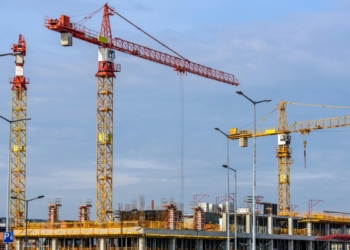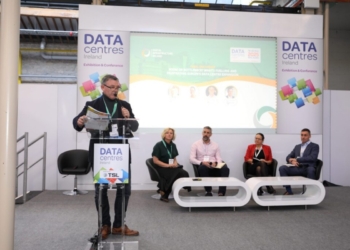Tier two carriers: finding the ideal data centre operator
Author: Beatrice

Paul Gazzard, Head of Major Accounts, Telehouse gives forward-looking advice for tier two carriers seeking the right data centre provider.
Challenging the established preeminent carriers is a significant obstacle for newer and smaller carriers, causing many tier two carriers to seek business arrangements with a larger carrier to profit from using its superior network.
Taking this route is a shrewd method for carriers looking to expand into new regions where they lack any network infrastructure. But to achieve success in this journey, the smaller carrier needs to find the right data centre (DC) operator to host hardware and provide connections to other carriers and services.
The tier one carrier’s network will offer the reliability critical to the tier two carrier upholding a good reputation and growing its customer base. Even so, it can be a challenge to stand out in a congested and highly competitive market.
In order to expand their market share by delivering a service equal to any of the larger carriers, the smaller carriers must choose wisely when partnering with a DC operator.
Whether it’s a new carrier that’s trying to become better established in the market, or one that is looking to extend its reach into a new region, there are specific attributes smaller carriers should look for in a DC operator:
The right connections
One of the most crucial things tier two carriers need to look for in a DC operator is access to other carriers, especially tier one carriers, in their client base or wider DC network. Being housed in the same facility or sharing a network with other carriers will make it as straightforward as possible to connect with those desired carriers’ networks. This will also provide peace of mind that the DC operator is trusted by those other networks.
Connecting to tier one networks also provides a global reach for voice and data traffic and peering options (such as those provided by the) are key for tier twos in reaching other carriers.
Room for growth
Growth will always be high on the agenda for smaller carriers, but to increase market share, they need the computing power to support their networks making it essential the DC operator can provide scalability. The right DC operator will have additional rack space readily available for its customers, providing the flexibility they need to scale up their storage space as and when required.
Securing your data
Robust security is an essential attribute in any DC operator. Cyber attacks, data breaches and loss of service can lead to reputational damage and loss of customer trust, fines from industry regulators and financial damages.
As well as best practice cyber security protocols, carriers should also enquire about physical security. Each site should have on-site security staff, reinforced walls, locked server cabinets and cages, as well as environmental controls that detect unexpected changes to temperature and humidity.
The right location
Geographical location of a DC is important to consider as it can impact the speed and latency of the carrier’s service. Essentially, the further servers are away from the carrier’s users, the further data will have to travel across the network.
Carriers’ customers will typically be using the network as they move around, meaning the DC network will need to cover as much of the region the carrier wants to operate in as possible.
AI and power considerations
AI and machine learning will begin to play a greater role in DC operations, predicting and reacting to operational issues before they happen without any human intervention, or at least notifying engineers of issues before they take place. It’s worth asking DC operators if, how and when they will use – or are already using – AI and machine learning to manage their facilities.
Additionally, carriers will want to avoid network outage as much as possible. Consequently, one measure every DC operator should take to prevent outage for its customers is implementing both an uninterruptible power supply (UPS) and backup generator that will keep the DC operational during worst case scenarios such as grid outages, extreme weather, or any other events that may affect the power supply. Each DC should also have a team of engineers onsite 24/7 to respond to any issues as soon as they unfold.
Taking the next steps
The steps outlined in this article are the best way to start the journey to identifying the most suitable DC operator to support a tier two carrier. Additionally, engaging with an industry expert for a detailed conversation about what’s required and what the right operator should provide will provide valuable insight. Ultimately, the right DC operator will be able to offer the carrier a bespoke service that is ideally tailored to its own unique needs.








